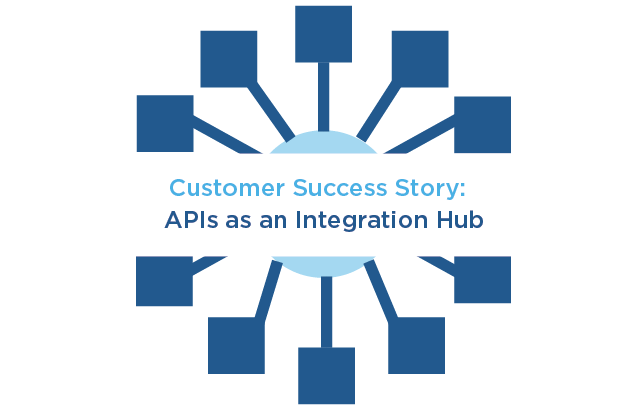
Last week, we released a blog post called “Scaling Integrations with APIs,” where we discussed how an integration hub is a better alternative to several one-to-one connections, especially as organizations begin to scale. APIs can act as an integration hub as they provide simple endpoints to connect to and are simple, allowing you to make a request and be provided the information requested.
Here at iNTERFACEWARE, we are involved in many integration projects. We recently assisted one of our customers in increasing efficiency with the use of APIs as an integration hub.
Project Overview
The purpose of the project was to improve the workflow for migrating acquired customers to new databases with use of an attribution model service. The traditional processes took days and required a lot of intervention to fix data processing errors, which were difficult to detect. Furthermore, the database migration tools were not centralized (Mapping excel sheet, MS SQL Studio, DS Helper, etc).
Iguana was used to enhance their migration processes by adding insight into data validation and normalization. It analyzes values in the source and destination databases and raises conflicts as display items in a front end dashboard that points them to places where values need to be resolved and/or merged.
Interface Architecture
- Iguana is responsible for hosting the client side Web Service.
- The user inputs the appropriate database credentials in the Web Service for both their source and destination system to which they will be sending their data.
- Once they finalize the database information, an API from the web service will call Iguana.
- At this point, Iguana will recognize the database credentials and attempt to establish a connection.
- If the database connection is successful, Iguana will proceed to pull the appropriate picklists from the source and destination databases.
- Thereafter, the source and the destination picklists will be compared by the backend channel and Iguana will generate a report in the form of a report/differences API.
- The API will be fed into the web services platform of the client and a display of the suggested merges will appear.
- In order for the user to mark the appropriate merges, there will be a filter that filters out the hard coded picklist items and will present the user with suggested merges that Iguana has selected for them. The user will subsequently select all merges that apply to them and select them for changes.
- Upon completion by the user, the API will send a table to an Iguana stored SQL Lite Database
- This stored information can be used to generate a flat file with the appropriate merge scripts based on the user’s selection. Additionally, it provides the ability for the user to edit the reports. Furthermore, it populates the dashboard for users to see all of the reports they have generated so far and various other information about the report.
Benefits
Current Process | New Process | |
Time | 10 minutes per validation of the mapping report and 2% of the time there is a second validation involved. | 7 minutes 30 seconds for entire validation of the mapping report. No requirement to go back and forth through emails. |
Centralization | Decentralized Tools (SQL Manager, Excel Mapping Reports, Email) | Centralized Tool |
Security | No user and role based permissions | Admin has access to all reports and ability to delete reports, Database Implementers are restricted to making reports and viewing the reports they created. |
